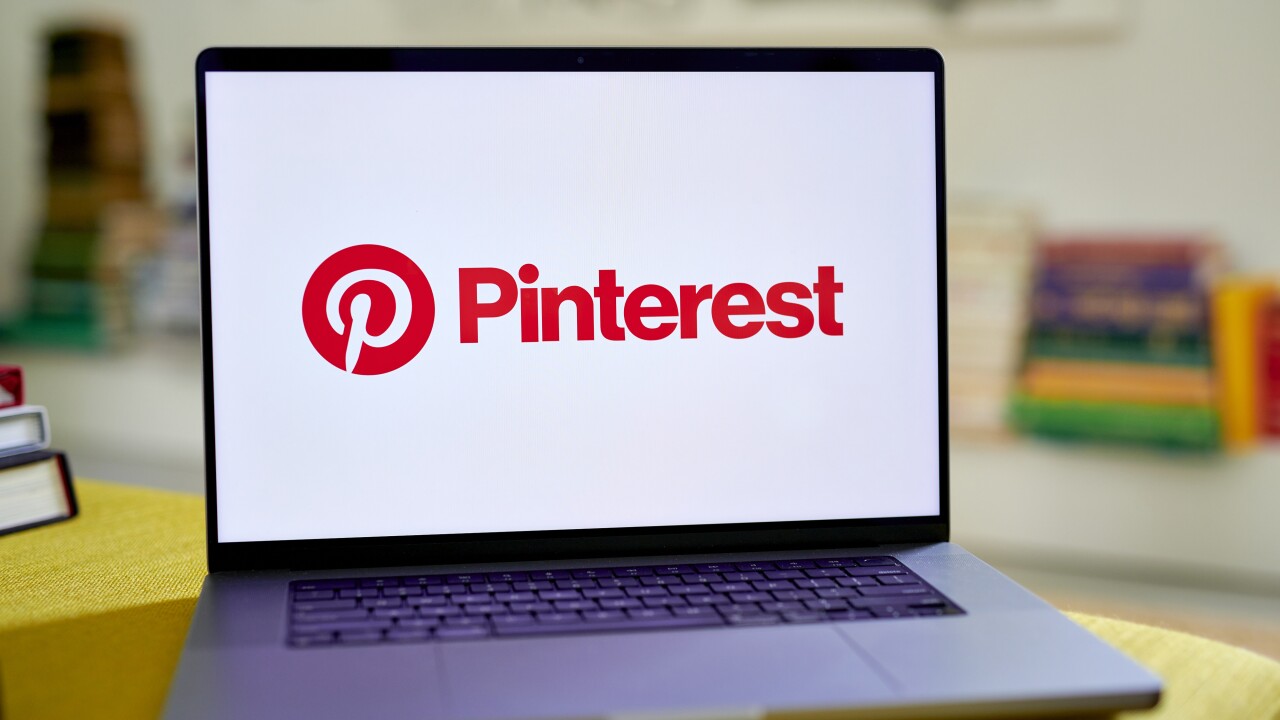For all the advancements in AI, people analytics and HR tech, the fundamentals haven't changed: Organizations thrive when
Culture isn't just how things get done — it's why people
Culture isn't static. It needs to be shaped intentionally — especially during times of growth, leadership changes or organizational transformation. HR and benefit professionals who ignore the warning signs of cultural misalignment often find themselves solving the wrong problems.
Read more:
Trust is what carries employees through uncertainty. Whether your client is rolling out a new strategy, restructuring teams or launching a performance program, people need to know what's changing, why and what it means for them. Leaders don't need to have all the answers, but they do need to be visible, consistent and honest.
Transparent communication is more than a soft skill — it's a strategic lever for retention and engagement. Research by WTW confirms that career growth and internal mobility are among the top drivers of employee satisfaction and those only happen in environments where people know what's going on and feel safe to ask questions.
Silence leads to speculation. When employees don't hear from leaders, they write their own narratives. Frequent, honest updates — even when the message is "we're still figuring it out" — build credibility and connection. That kind of transparency makes people more likely to stay.
Read more:
Retention is rarely about money alone. It's about whether people feel like they matter. The companies that are winning today are the ones that double down on:
- Timely, human communication. Encourage employer clients to over-communicate during periods of change or uncertainty. Show up in person or on video. Listen, clarify and check in.
- Culture mapping. Employers need to understand what makes their people tick. What do they value? How do they make decisions? What behaviors get rewarded? These insights are the foundation of meaningful HR strategies.
- Middle manager support. Middle managers aren't just conduits – they're culture carriers. They need to be equipped with the right tools and context to lead confidently and consistently.
- Purpose and values alignment. People want to feel proud of where they work. That means answering WIFM (what's in it for me?) questions clearly: Will I grow here? Will I be supported? Do I trust my leaders? Do I believe in the mission?
Read more:
The business case for people-first HR has never been stronger. In a world of rapid change, economic pressure and rising expectations, the organizations that lead with trust, transparency and cultural clarity will outperform.
When people trust their leaders and believe in their workplace, everything else – performance, innovation, retention – gets easier.






